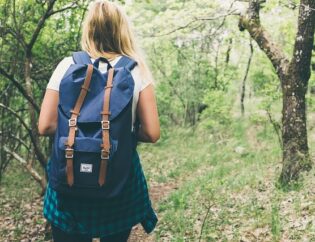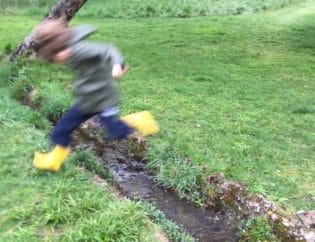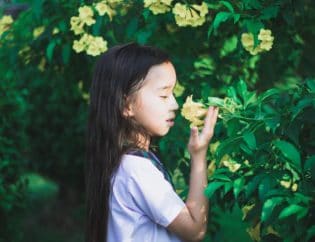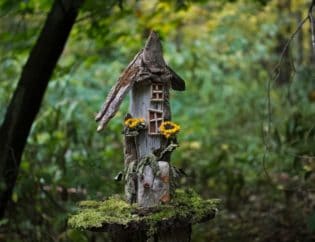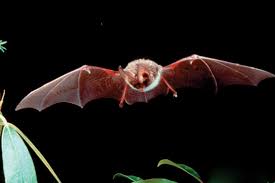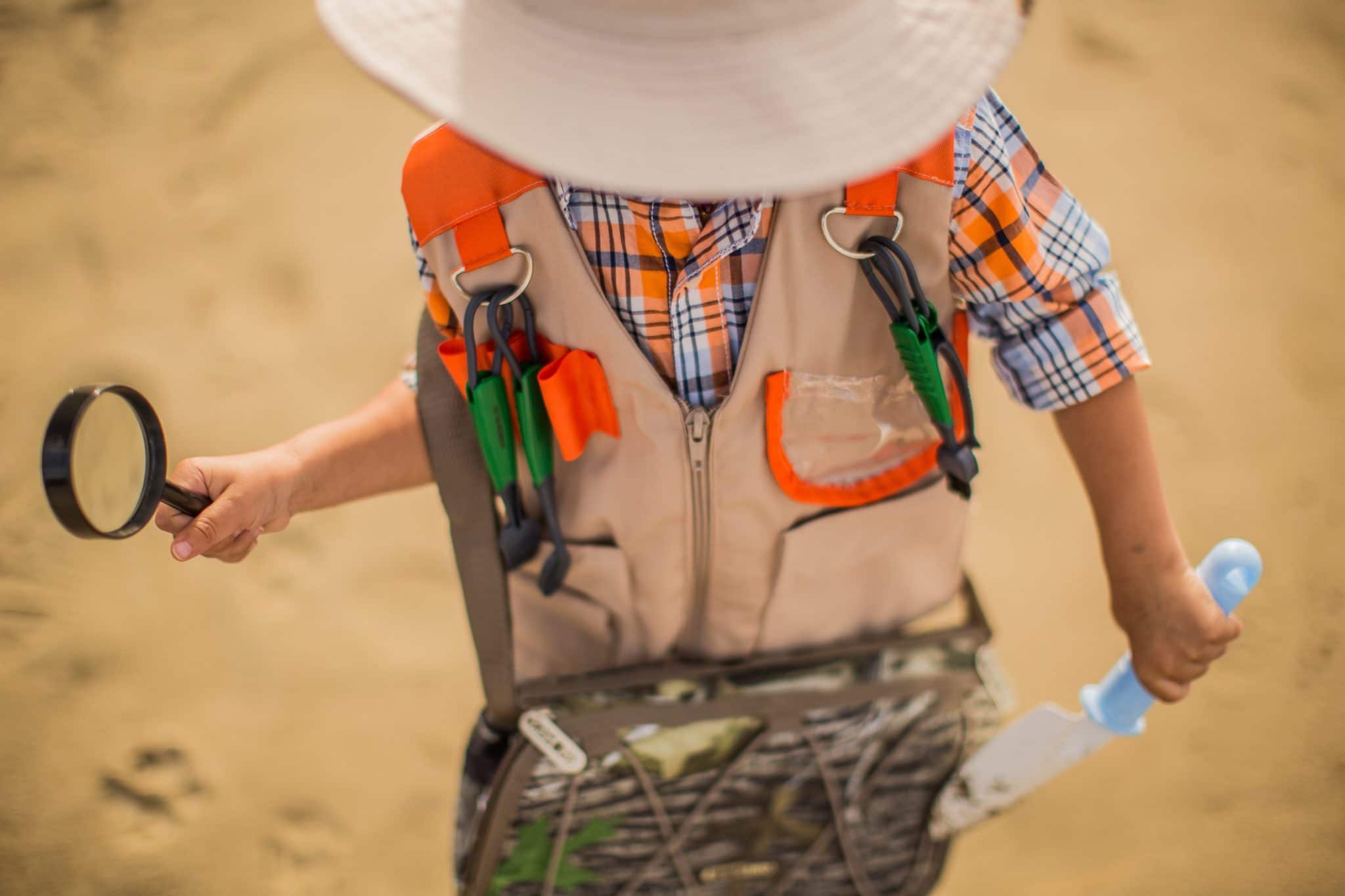
What does it mean for a child to “know” nature? Is it enough that they memorize 100 facts about big cats or recite climate change facts on command?
Memorizing science facts is fine but for a child to develop compassion for nature, and become a true environmental steward throughout their life, knowing nature means establishing a nature connection.
Researchers Otto & Pensini found that while scientific knowledge is important, connectedness and emotional relationship with nature matter most as a predictor of ecological behavior. This is helpful to direct environmental education, nature-based learning approaches as well as parenting efforts.
Simply sensing nature can help children know nature more deeply.
How can you help your child know nature? Many of the approaches we’ve written about on this site can help. Simple experiences in nature that put nature at the center can foster that understanding. Think about practices such as finding a sit spot, nature journaling, forest bathing, tree adoption. Any of these can help your child get sync with nature, and help them attain a deeper understanding— a deeper connection— to the natural world.
Another excellent approach to help foster that connection is to give your child an experience in nature in which they feel they can make a contribution.
Enter the citizen science project.
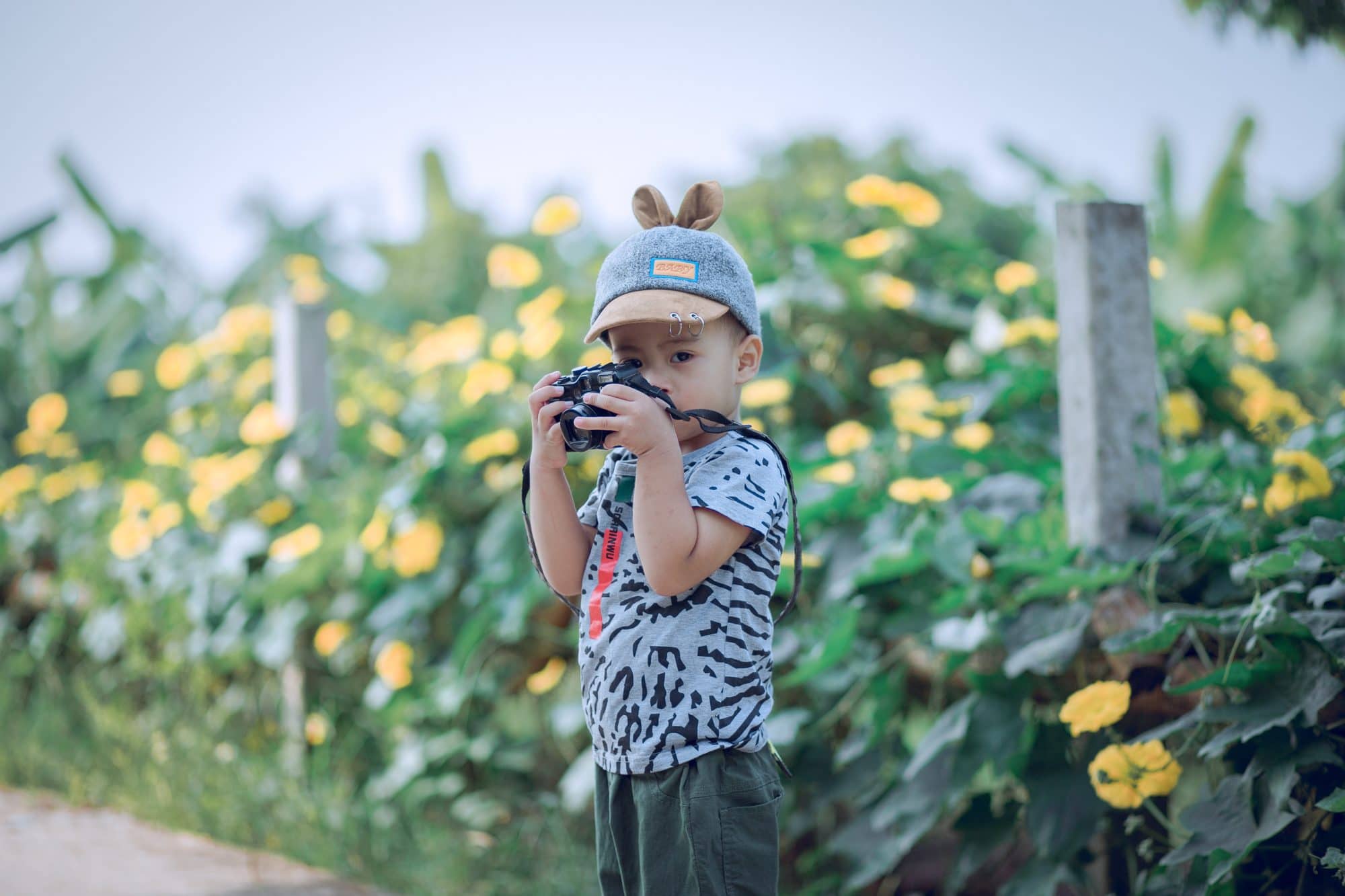
Citizen science is science done by nonscientists— and that includes children. With just an internet connection and a commitment to the topic, citizen scientists help gather data for researchers that help them better understand the health and population of various species or the environment.
When they contribute data to research projects, a child can feel a sense of accomplishment as well as the satisfaction of stewardship. From monitoring invasive species, tracking the health of streams, keep tabs on light pollution, identifying animals in remote camera traps, there are a wide range of projects to appeal to your child.
And don't underestimate its usefulness. Citizen science is not just an activity to entertain your child. The approach saves money as it crowdsources field data, which is often overwhelming for researchers to obtain. In fact, surveying and recording by thousands of enthusiastic volunteers and citizen scientists around the world help us understand which species are declining or threatened with extinction and in need of conservation.
For example, citizen scientists involved in the eBird program are helping researchers identify the most important regions to focus conservation efforts across the Americas. And in a study published in the journal Landscape and Urban Planning, researchers in Madison, Wisconsin compared telemetry data from radio-collared coyotes (Canis latrans) and red foxes (Vulpes vulpes) with citizen scientist data from iNaturalist (a mobile app which allows users to take photos of wildlife and note the location) in order to determine if they were similar. The researchers found that citizen scientists’ data helped wildlife managers better understand where urban carnivores, like coyotes and red foxes, interact more with people.
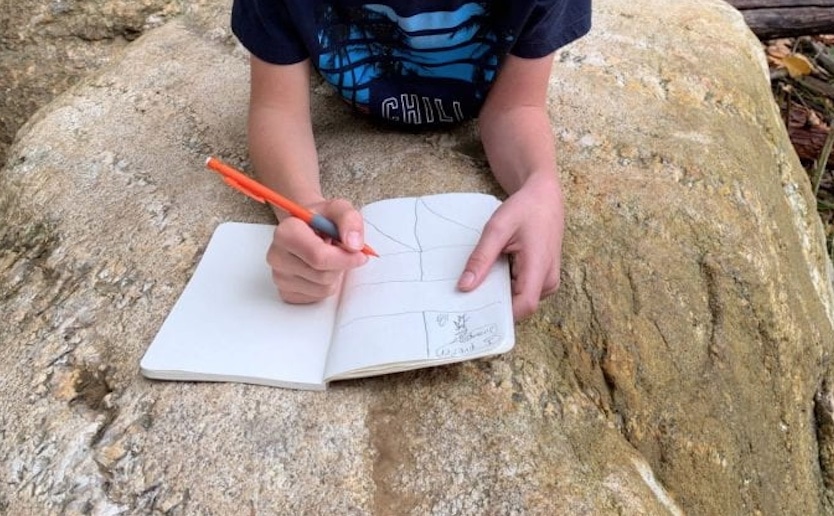
So how can your child get started?
There are numerous ways to get involved. A great way to find out the most active projects going on in your area is to check in with local universities, conservation groups or your child’s school for ongoing local projects. In addition, there are several websites that serve as citizen science directories in which you can search for the perfect project that is right for you and your kids.
Over 3,000 projects and events are searchable by location, scientific topic, and age level, and by joining SciStarter, members can track their contributions and provide valuable feedback. SciStarter also supports researchers in managing projects, including best practices for engaging participant partners.
The world’s largest and most popular platform for people-powered research. This research is made possible by volunteers — more than a million people around the world who come together to assist professional researchers.
A citizen science project and online social network of naturalists, citizen scientists, and biologists built on the concept of mapping and sharing observations of biodiversity across the globe. iNaturalist is a joint initiative of the California Academy of Sciences and the National Geographic Society.
And of course, check out the projects we’ve highlighted below that are ideal for most kids. Many of these can be started with right away and can be done from anywhere you live.
Citizen Science Projects for your Kids
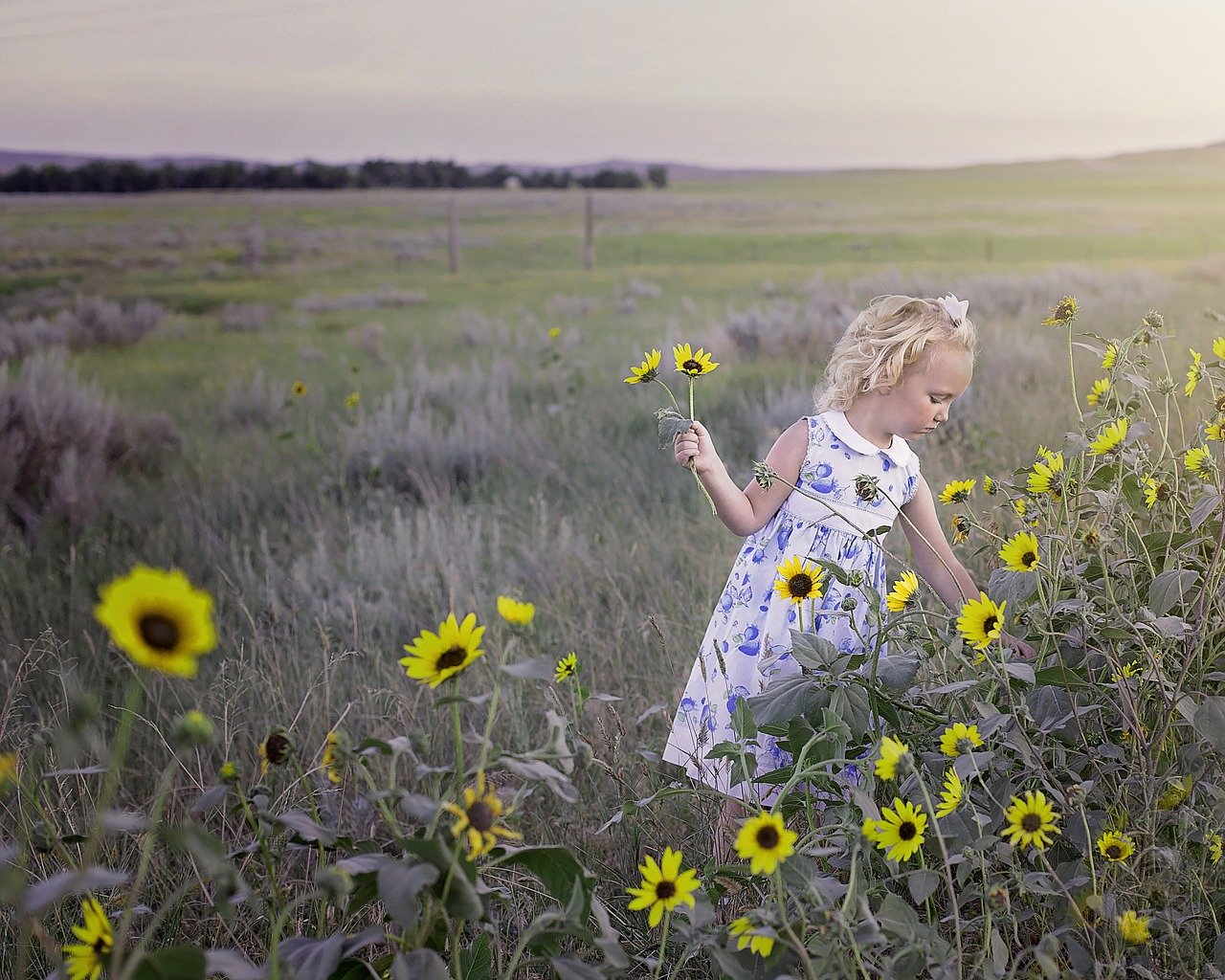
Encourage your child to be a part of the Great Sunflower Project and give kids the tools to learn about what is happening with the pollinators in their own yards, park, community or school gardens.
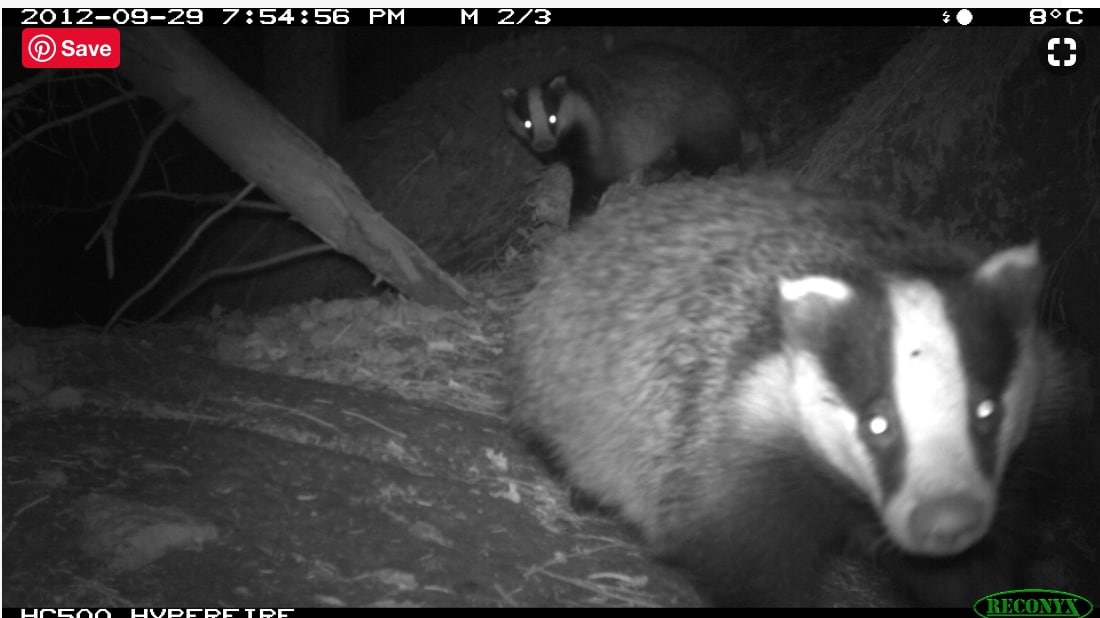
If your kids love furry critters, encourage them to bring that passion to the scientific world by capturing wildlife in camera traps and monitoring wild mammals for MammalWeb.
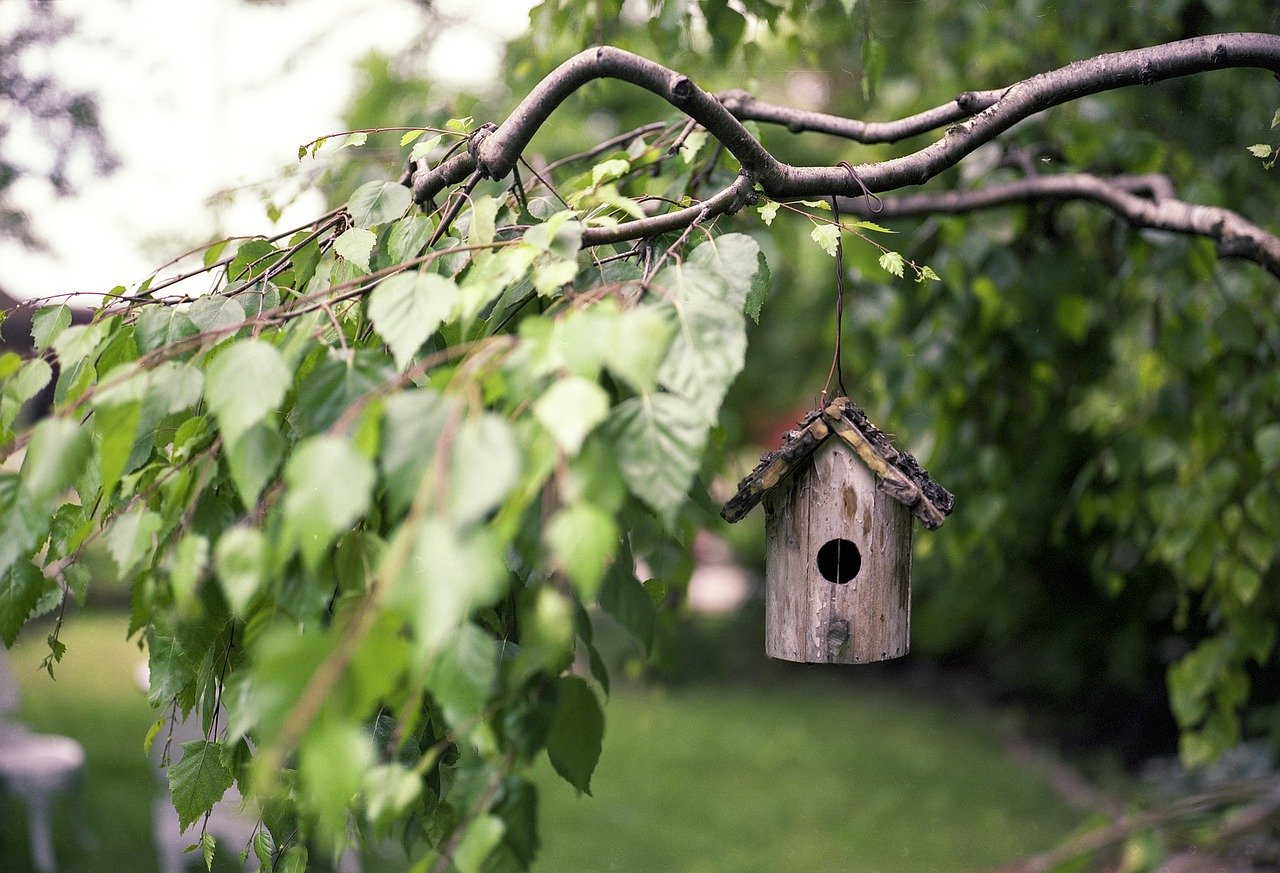
Citizen Science project FeederWatch turns a child's love of feeding birds into scientific discoveries. FeederWatch is a winter-long (November-April) survey of birds that visit feeders at backyards, nature centers, community areas, and other locales in North America.
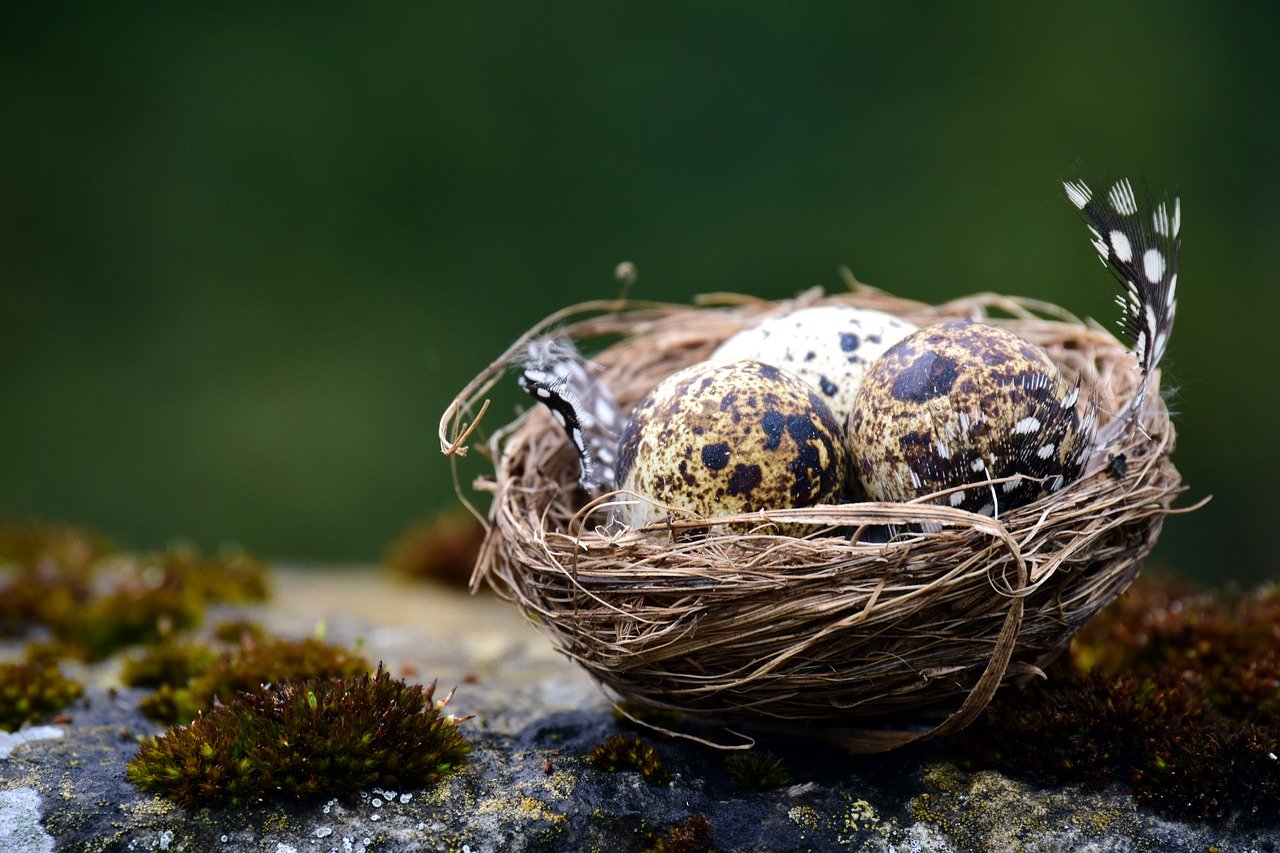
The Cornell Lab of Ornithology’s NestWatch program is an excellent way for your child to tune into the natural world and contribute to a widespread citizen science project. Every year, volunteers from across the country visit nests once or twice each week and monitor their progression from incubating eggs to fuzzy chicks to fully-fledged young.
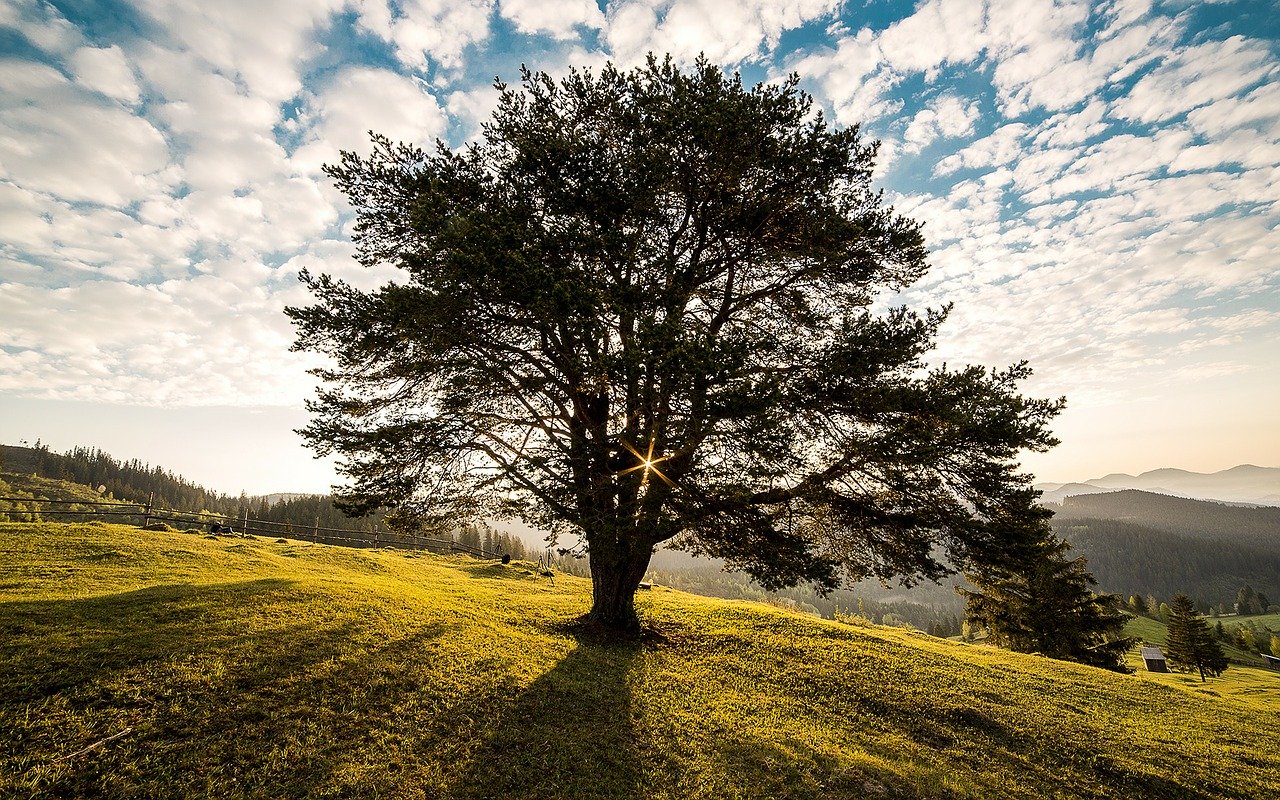
Help your child use your phone to tag trees you find in your community, on your property, or out in the wild using TreeSnap! Scientists will use the data you collect to locate trees for research projects like studying the genetic diversity of tree species and building better tree breeding programs.
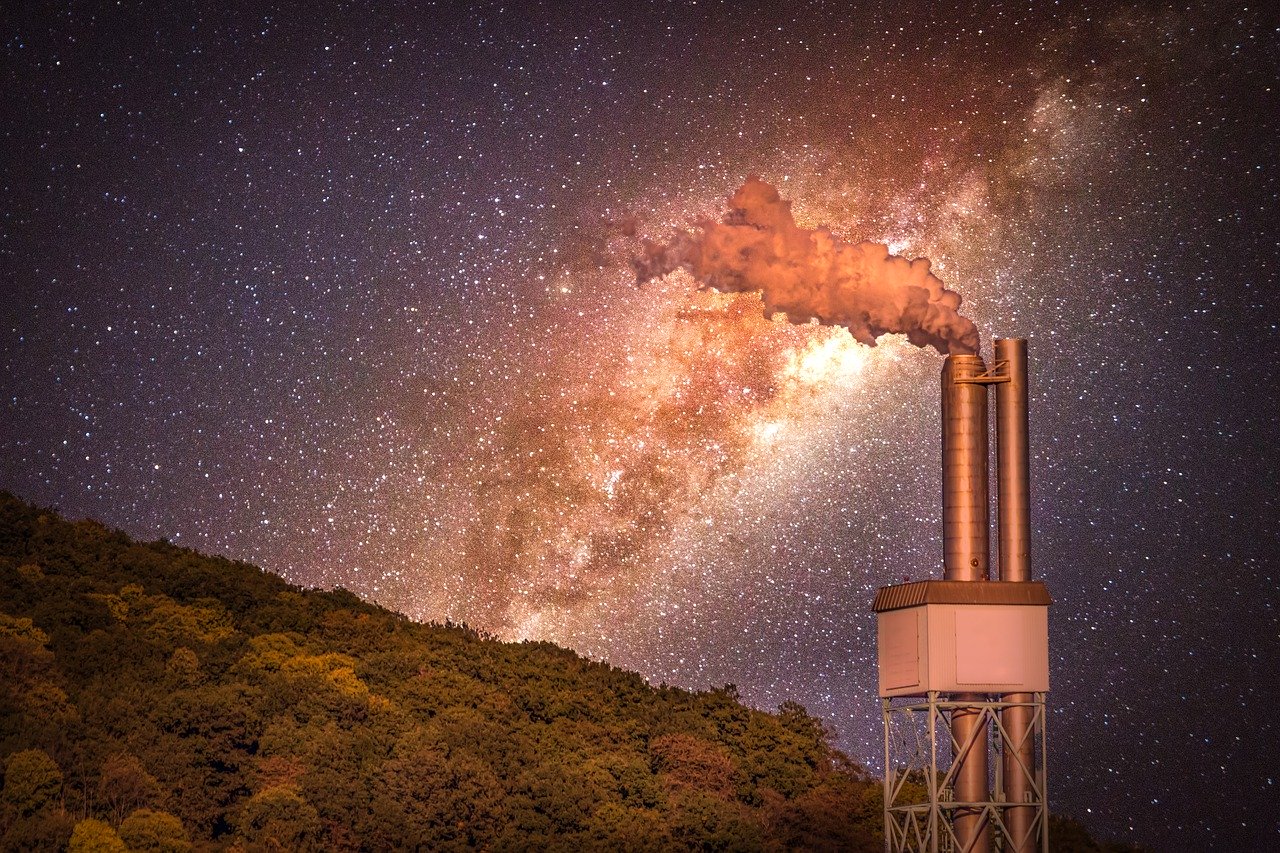
Your child can fight light pollution and help turn our night skies dark again by taking part in a citizen science project called Globe at Night. The project is an international citizen-science campaign to raise public awareness of the impact of light pollution by inviting citizen-scientists to measure & submit their night sky brightness observations.

